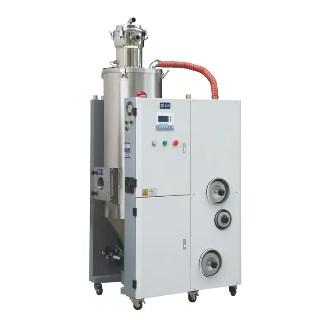Dehumidifier dryer is essential appliances for maintaining comfortable and healthy indoor environments, particularly in regions with high humidity levels. However, the energy consumption of these devices is a critical factor to consider, as it directly impacts the cost of operation and environmental sustainability. This article delves into the energy efficiency of dehumidifier dryers, exploring the factors that influence their power usage and the measures that can be taken to optimize it.
The energy consumption of a dehumidifier dryer is primarily determined by its capacity to remove moisture from the air and the technology it employs. Traditional dehumidifiers, which are based on compressor technology, tend to consume more energy compared to desiccant-based models. Compressor dehumidifiers work by cooling the air to condense moisture, which is then collected in a tank. The process requires significant energy input, especially in large spaces or during periods of high humidity.
Desiccant dehumidifiers, on the other hand, use a different approach. They employ a hygroscopic material, often silica gel or another type of desiccant, to absorb moisture from the air. This method is more energy-efficient in low-temperature environments, as it does not rely on cooling the air. However, desiccant dehumidifiers may require more frequent maintenance and replacement of the desiccant material.
Another factor that affects the energy consumption of dehumidifier dryers is their size and capacity. Larger units with higher dehumidification rates typically consume more energy. However, they are also more effective at removing moisture from larger spaces, which can lead to faster results and potentially lower overall energy use when compared to smaller, less efficient units.
The energy efficiency of a dehumidifier dryer can also be influenced by its design and features. Units with energy-saving modes, such as those that automatically adjust the dehumidification rate based on the ambient humidity levels, can help reduce energy consumption. Additionally, some models come equipped with smart sensors that can be programmed to turn the device on or off at specific times, further optimizing energy use.
The use of a dehumidifier dryer's fan also plays a role in its energy consumption. More powerful fans can circulate air more effectively, which can enhance the dehumidification process. However, they also consume more energy. Users can often adjust the fan speed on their dehumidifier dryer, allowing them to balance performance with energy use.
Proper maintenance of a dehumidifier dryer is crucial for ensuring its energy efficiency. Regular cleaning of the air filter, for example, can prevent the unit from working harder than necessary to pull in air, which can increase energy consumption. Similarly, ensuring that the condensate drain is clear of obstructions can prevent the dehumidifier from running continuously, which can also contribute to higher energy use.
In conclusion, the energy consumption of dehumidifier dryers is a multifaceted issue that depends on the type of technology used, the size and capacity of the unit, its design and features, and how well it is maintained. By understanding these factors and making informed choices, consumers can select dehumidifier dryers that offer the best balance of performance and energy efficiency for their specific needs. Additionally, adopting energy-saving practices and utilizing smart features can further optimize the energy use of these appliances, making them more cost-effective and environmentally friendly.

